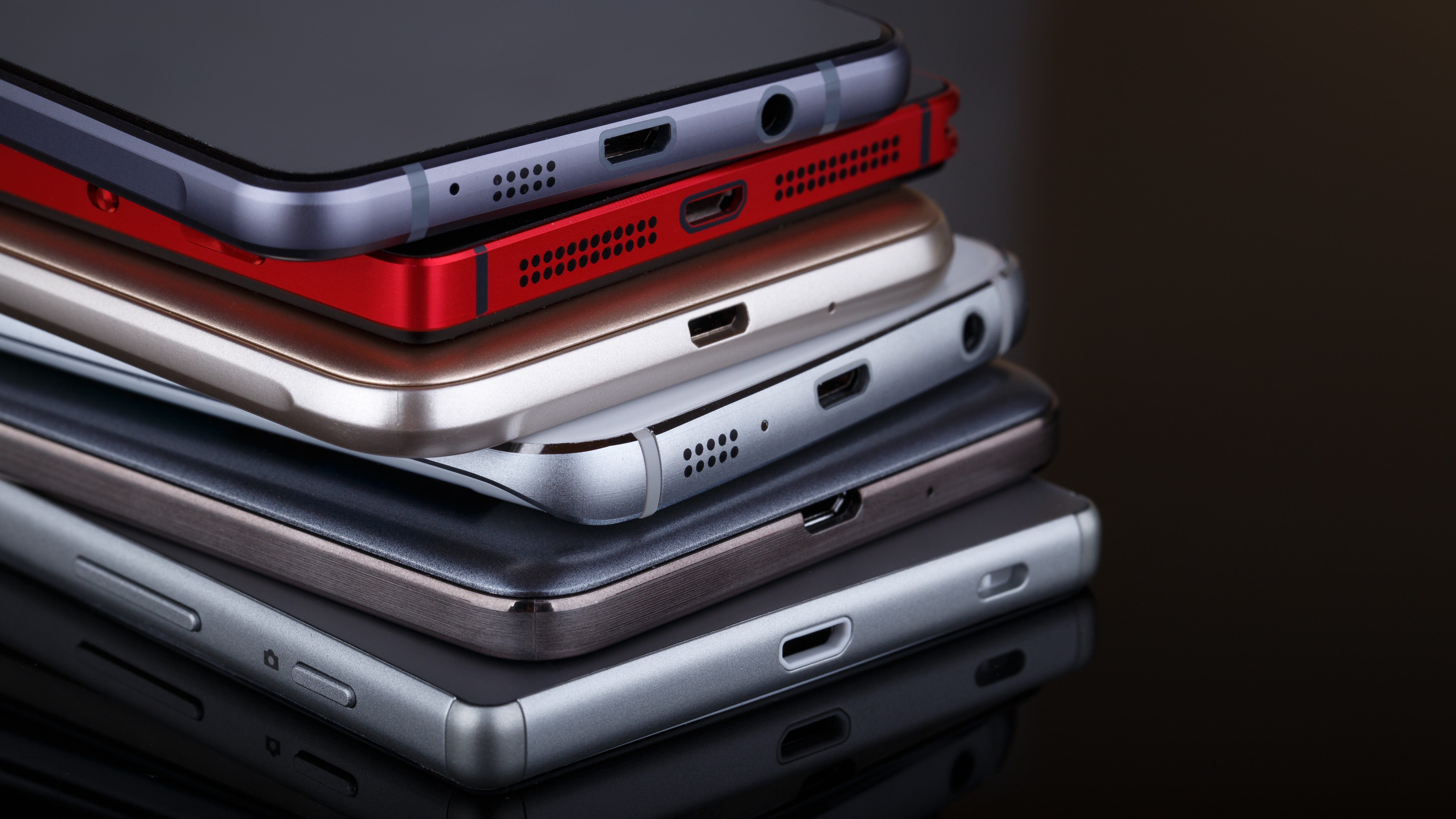We can finally reuse billions worth of gold from discarded smartphones – here's how
Turning your old into gold

Electronic waste and what we do with it is swiftly becoming one of the biggest problems the world is set to face over the coming century. Now The UK’s Royal Mint is stepping in with its own plans to tackle the issue by using new technology to extract gold from our old smartphones.
Thanks to an agreement with Canadian start-up Excir, the Royal Mint hopes to recover around 99% of the gold used in the circuits of our favorite tech using world-leading chemical techniques.
So far it has been able to extract gold with a purity of 999.9 – also called 24 carat – and hopes to scale up the system to collect other rare metals like copper, palladium, and silver.
- Brits still struggle with electronic recycling
- Check out the best Android phones of 2021
- Hands-on: Google Pixel 6 review
This news could be an incredible leap forward for how we tackle our world’s growing mountain of waste electronics – especially if Excir's technology is adopted by other nations and organizations. Recent estimates suggest the electronic components we discarded in 2021 alone will weigh over 57 million tonnes – more than the Great Wall of China.
Even though these components are often broken or obsolete, they’re still incredibly valuable. A 2019 report from the World Economic Forum estimates our waste had a value of $62.5 billion / £46 billion / AU$84.6 dollars. That amount is higher than the GDP of over 60% of all countries.
Unfortunately extracting these precious metals – or more accurately extracting pure lumps of these metals – has been incredibly tricky and is why only one-fifth of electronic waste is believed to be recycled. It requires the electronics to be shipped overseas and processed at incredibly high temperatures.
It’s a difficult and pretty inefficient process to extract only small amounts of usable material from each device, meaning that it can often be cheaper to just not bother processing the electronics at all.
Sign up to the TechRadar Pro newsletter to get all the top news, opinion, features and guidance your business needs to succeed!
More than just an environmental risk
However, the waste electronics we leave behind aren’t just a hazard to our environment, but will likely see us run out of essential materials by the end of the century. Experts predict materials like Gallium, Silver, and Yttrium – essential components in LEDs, cameras, and touchscreens – will have run out before 2100. If we want to avoid this potential catastrophe we need to find better ways of recycling the materials we’ve used in our now useless tech.
Thankfully, recent developments suggest we might avoid calamity. The Royal Mint’s approach relies on chemical interactions to accurately harvest metals from circuits - and it can be done in the UK at room temperature.
Last year a New Zealand start-up showcased a biological approach it had created that relied on a mixture of chemicals and microbes to selectively absorb gold from circuits in a process called ‘biorefining’.
These efforts are much more sustainable than our current smelting methods, and with a few tweaks to the chemicals and tools used we should be able to implement near-identical processes to retrieve every precious element used in electronics.
We’ll have to wait and see if these efforts will indeed save us from an electronics-based catastrophe but if all goes according to plan your iPhone 13 might help power the iPhone 26.
- The best mobile phone deals you can find today

Hamish is a Senior Staff Writer for TechRadar and you’ll see his name appearing on articles across nearly every topic on the site from smart home deals to speaker reviews to graphics card news and everything in between. He uses his broad range of knowledge to help explain the latest gadgets and if they’re a must-buy or a fad fueled by hype. Though his specialty is writing about everything going on in the world of virtual reality and augmented reality.